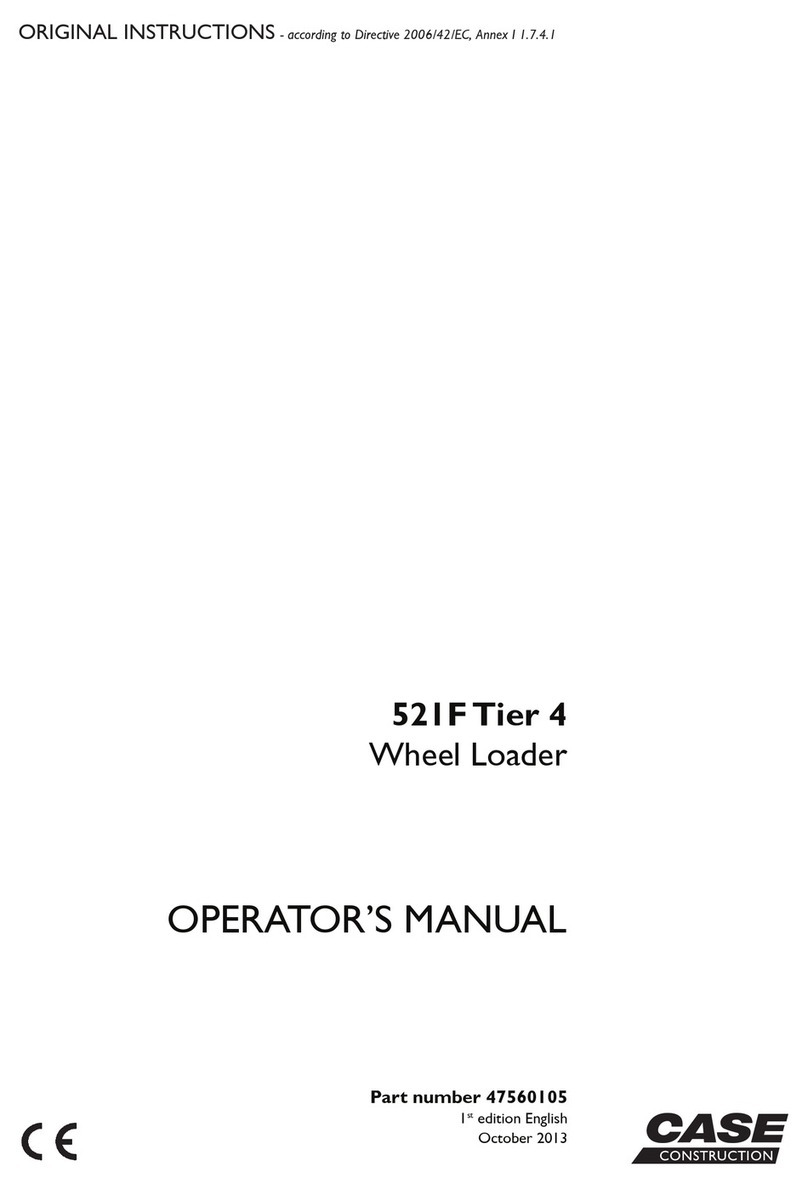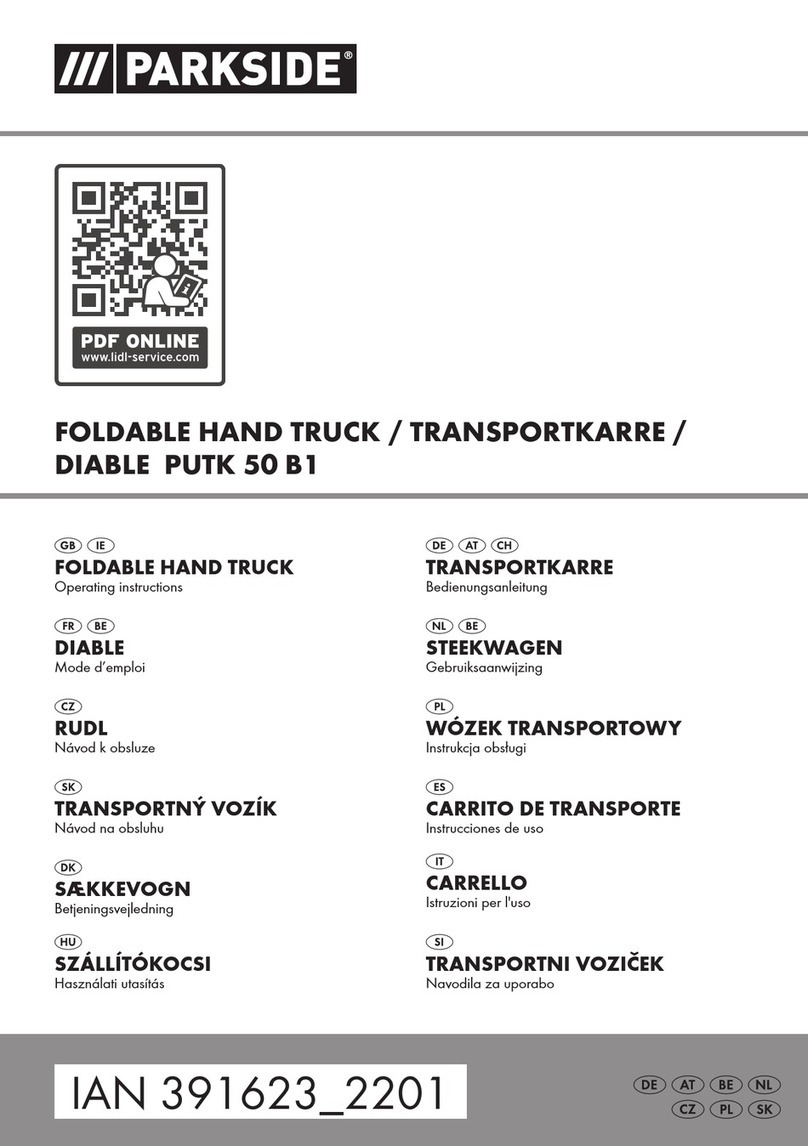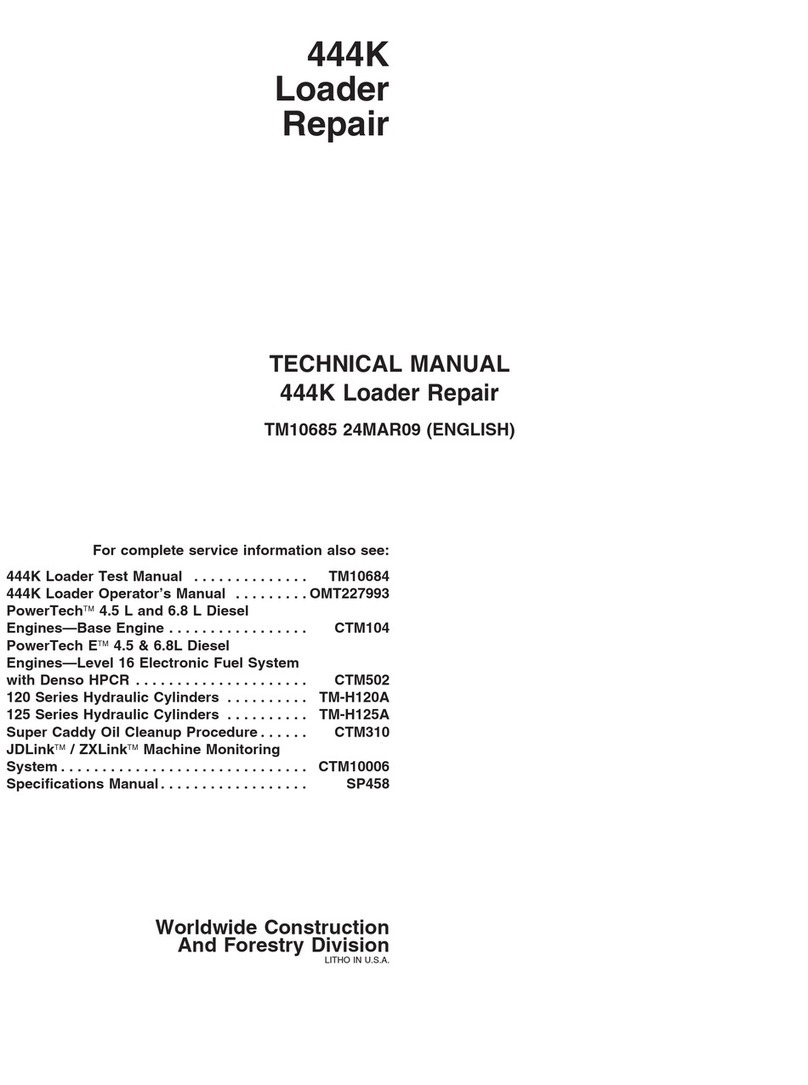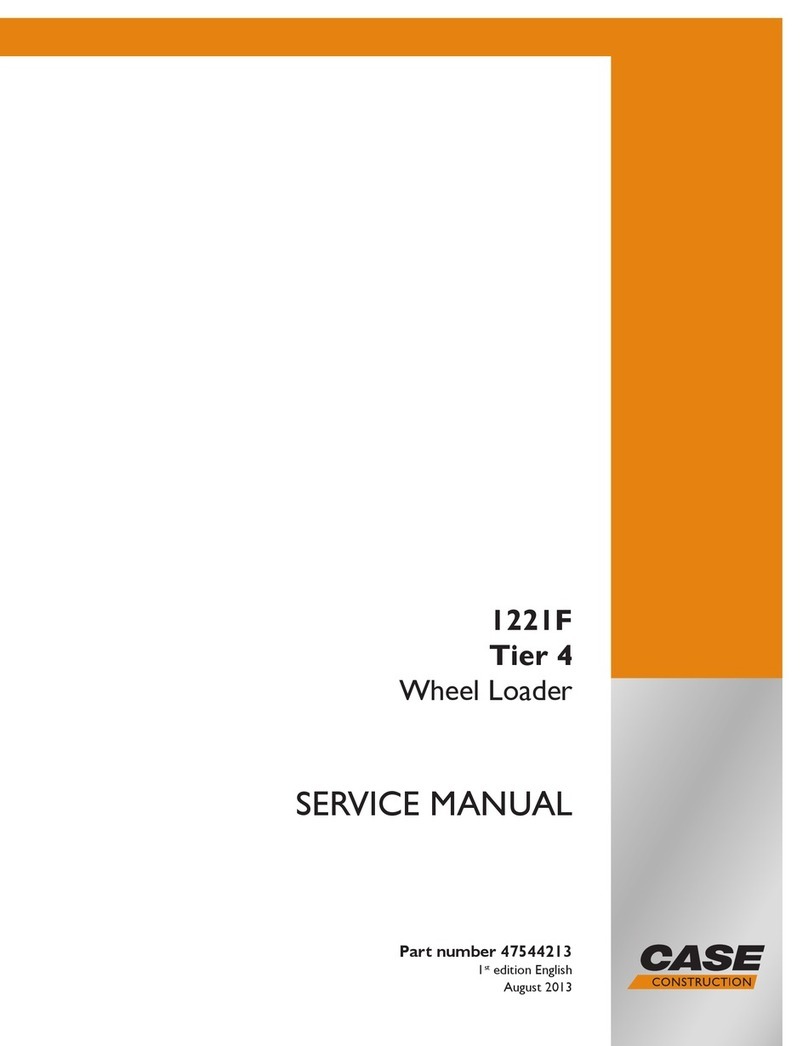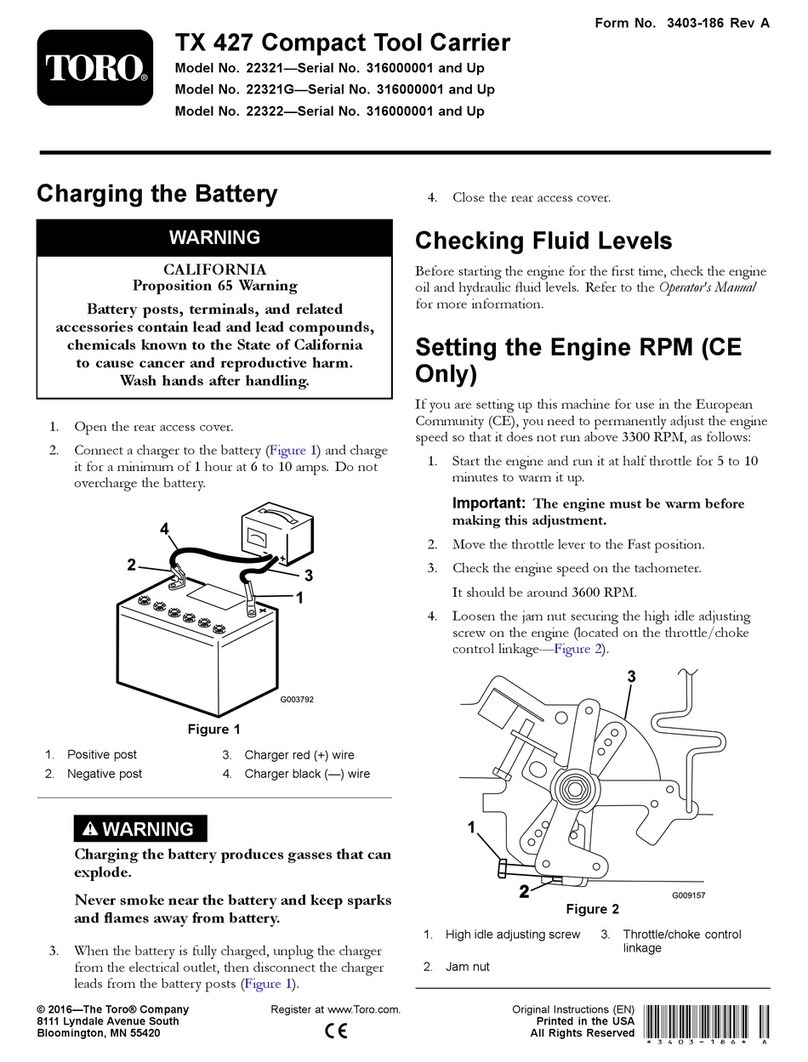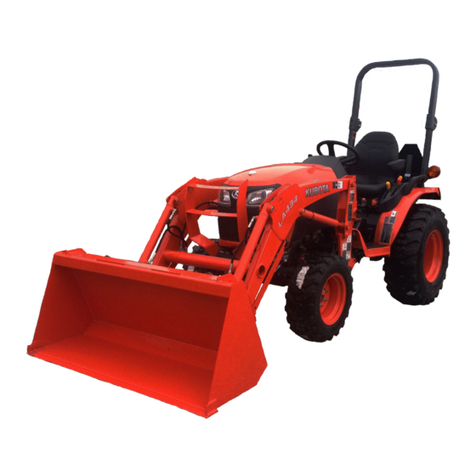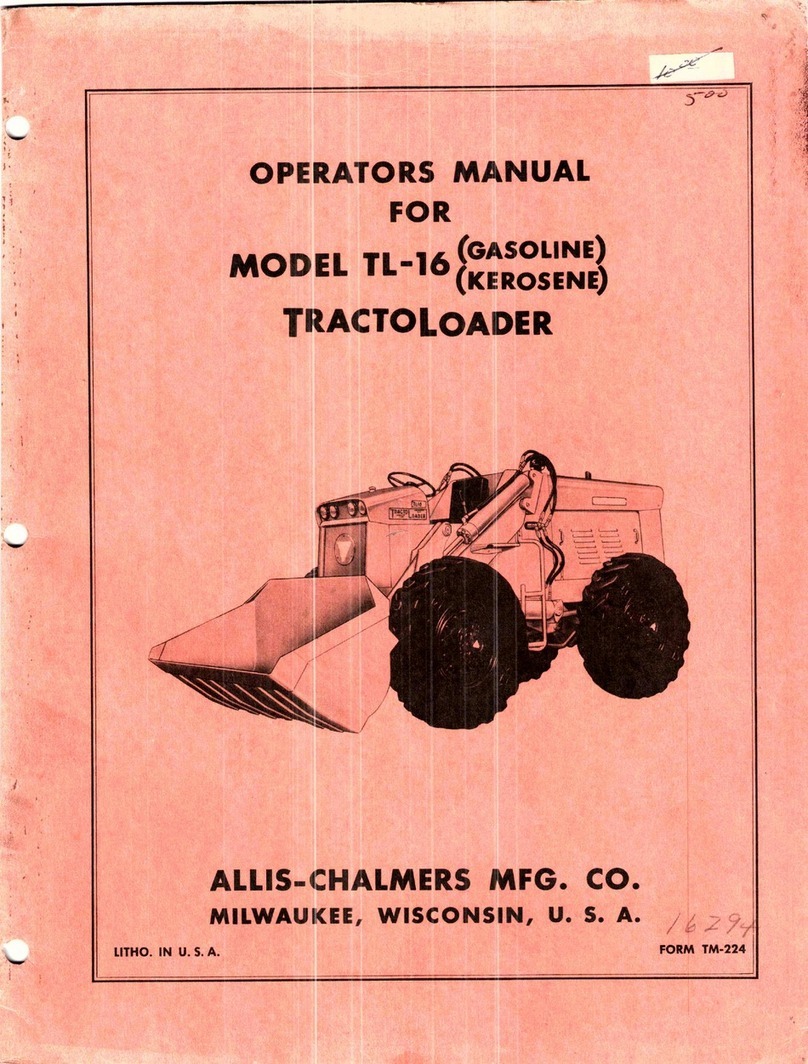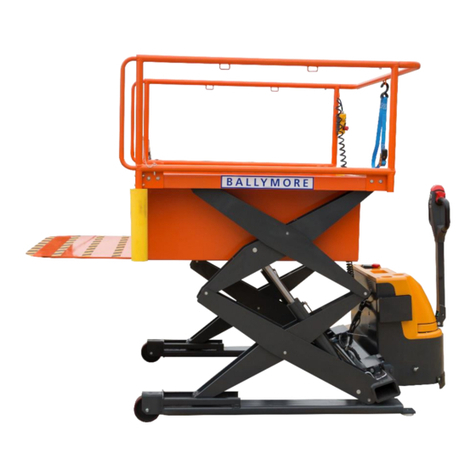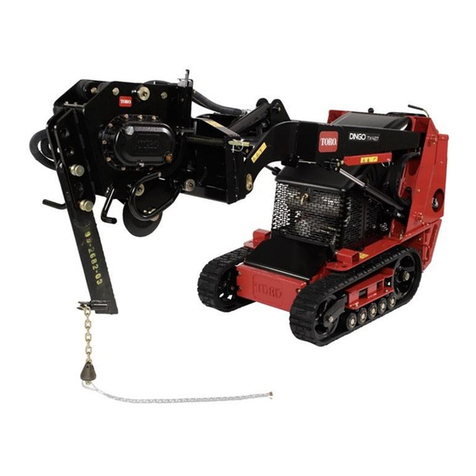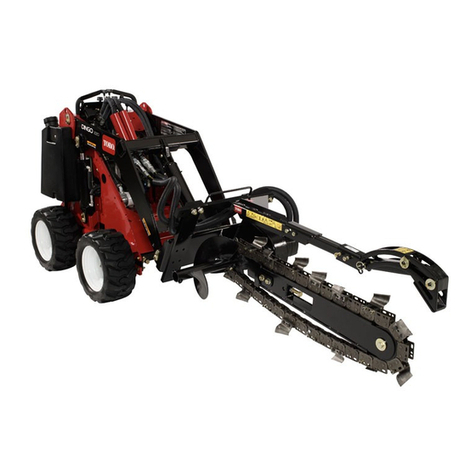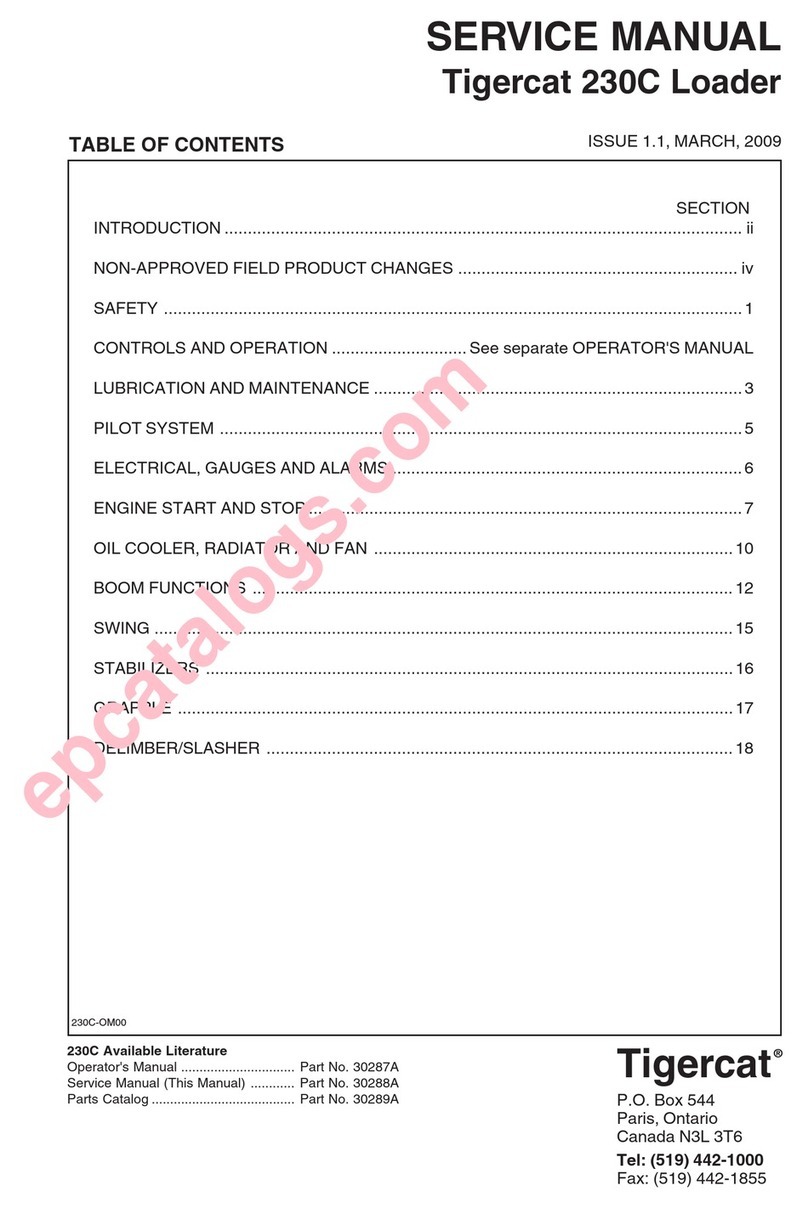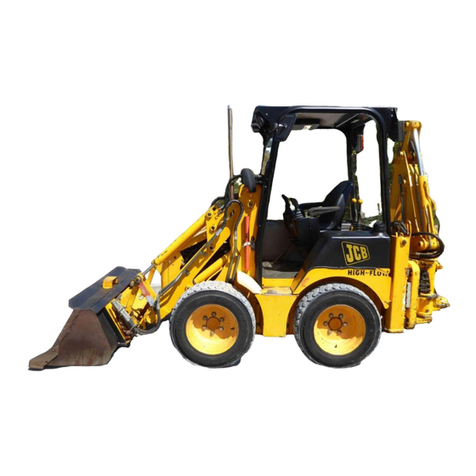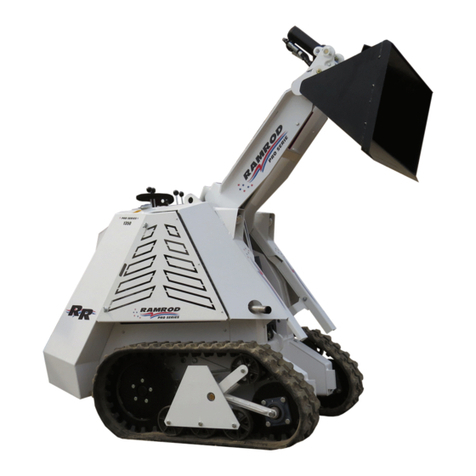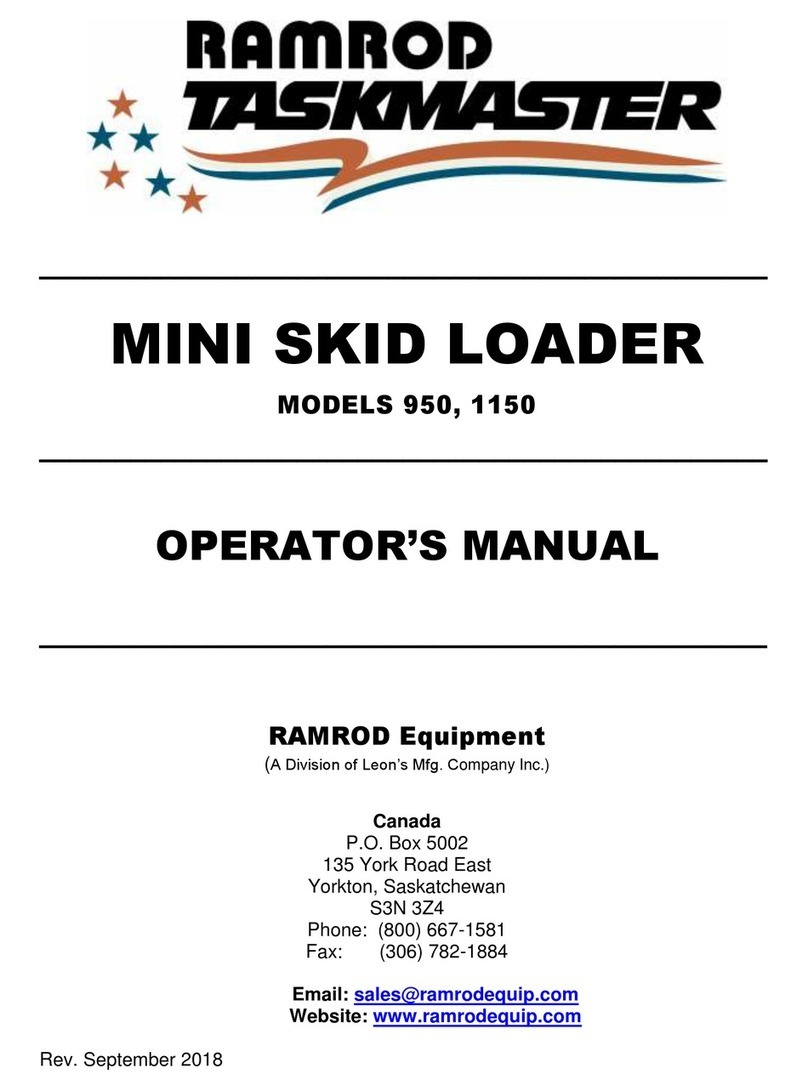Do not place feet under the platform.
Watch where you are driving. Always look down and behind, before and while reversing.
Engine exhaust contains Carbon Monoxide, which is an odouriess, deadly poison. Carbon
Monoxide can kill you. Do not run engine indoors or in a confined space.
Always lower loader arms and/or place attachment on the ground when parking or leaving the
equipment unattended. Always stop the engine if leaving the operators platform.
Do not carry a load or heavy attachment with the loader arms in a raised position. Do not step off the
platform with a load raised.
Never jerk the control levers. Use a steady motion. Slow down before turning. Sharp turns may cause
loss or control.
Stop the engine before making any adjustments to the attachments or the machine.
Never weld on or near the fuel tank whether it is empty full.
Do not operate on or near embankments. Look out for ditches, holes, etc and beware of traffic when
near roads.
Operate only in daylight or good artificial lighting.
Do not operate the machine while under the influence of alcohol or drugs.
Use extra care while loading or unloading the equipment onto a trailer or truck.
Do not touch equipment or attachment parts that may be hot from operation. Allow to cool before
attempting to maintain, adjust or service.
Do not allow children to play on it.
Operating on slops:
Do not operate on slopes exceeding 15°. If the slope is greater than 5°only go up and down (not across).
Always have the heavy end of the machine uphill. Weight distribution will change. An empty bucket will
make the rear of the machine heaviest, a loaded bucket will make the front of the machine heaviest. Various
attachments will change which end is heaviest. If you are unsure, phone us and ask. These same rules apply
when loading and unloading the equipment onto a trailer or truck.
Avoid turning on slopes. If you must turn, turn slowly keeping the heavy end of the machine uphill.
Do not operate near ditches or embankments, the machine could turn over if a wheel goes over the edge of
a cliff or ditch or the edge caves in.
Do not operate on wet grass, reduced traction could cause slip.
Remove obstacles such as rocks, tree limbs, etc from the work area. Watch for ruts or bumps as uneven
terrain could overturn the machine. Tall grass can hide obstacles.
Operate in slow speed. Put pump selector valve in slow (turtle) position so that you will not have to stop or
shift while on the slope.
